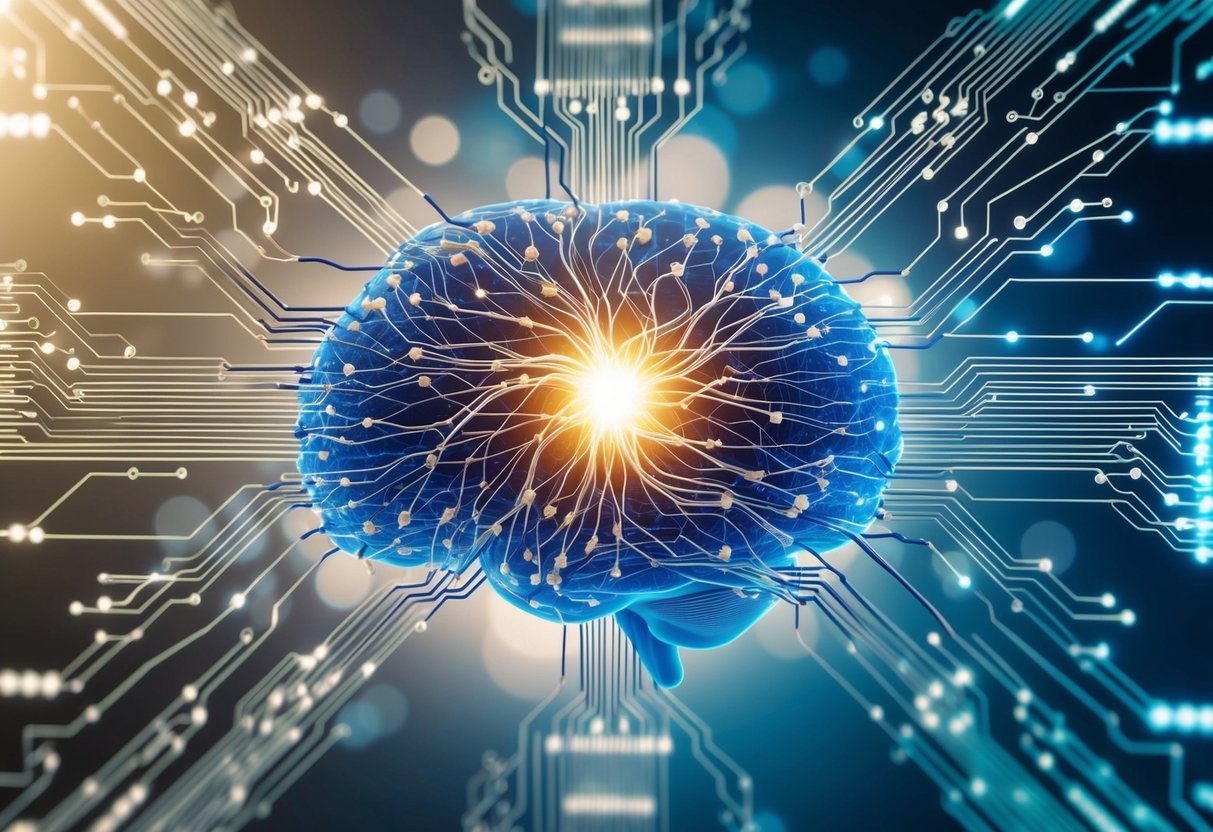
Challenges and Future Perspectives
Neuromorphic computing is transforming how AI systems mimic human brain processes. This section examines technical challenges specific to designing these systems, alongside the promising future pathways they could embark on. Scalability and neuromorphic engineering are pivotal in these discussions, as is the broadening scope of applicable areas.
Technical and Design Hurdles
Developing neuromorphic systems presents unique challenges. These systems attempt to emulate the complex structure and function of human neural networks, requiring novel materials and algorithms. Scalability remains an issue, as designing systems that retain efficiency when scaled up is difficult.
Solutions often involve intricate design strategies and software adaptations. Neuromorphic chips aim to operate on low power, mirroring the efficiency of the human brain. Despite advancements, creating hardware that can process vast amounts of data in a reliable and energy-efficient manner is ongoing. Another hurdle involves integrating these systems with existing technology, necessitating multi-disciplinary collaboration in neuromorphic engineering.
Future of Neuromorphic Computing
The potential applications of neuromorphic computing are vast and promising. They stretch from enhancing robotics to revolutionizing data analytics. Systems designed to learn and adapt autonomously may find use in AI-driven healthcare solutions, such as personalized treatment plans.
As scalability challenges are addressed, neuromorphic systems could transform industries by offering unprecedented processing power and efficiency. The focus is now on refining algorithms and materials to unlock new capabilities. In the long term, integrating neuromorphic computing with other technologies could lead to significant advancements in machine learning and artificial intelligence, ultimately narrowing the gap between human and machine cognitive abilities.
The Impact on Society and Ethics
As neuromorphic computing progresses, it significantly influences human-machine interaction and employment. This technology opens up new possibilities in brain-computer interfaces, which may transform how individuals interact with AI technologies and redefine certain job roles.
Human-Machine Interaction
Neuromorphic computing holds the potential to revolutionize human-machine interfaces by enabling more intuitive and natural interactions. This technology, by mimicking the human brain’s capabilities, allows devices to process information more efficiently and adapt to user needs. Brain-computer interfaces stand to benefit from this improvement, fostering increased accessibility for individuals with disabilities.
The improved interaction models could lead to significant advancements in personalized AI systems, which learn and adapt alongside human users more seamlessly. As machines become more embedded in everyday life, ethical considerations regarding privacy and autonomy become crucial. Ensuring that these systems respect user privacy while providing beneficial interactions is a complex challenge that society will need to address.
Neuromorphic Computing and Employment
The integration of neuromorphic computing into various industries can potentially impact employment by redefining job roles. By enhancing AI technologies, tasks that once required human intelligence can be automated, leading to shifts in employment patterns. While this might create new opportunities in tech development and maintenance, it could also displace roles in traditional sectors.
As industries adapt, reskilling and education initiatives will play a vital role in preparing the workforce for new roles created by these technologies. Conversations around fair labor practices and equitable access to emerging technologies are essential. Balancing technological progress with social responsibilities is a critical consideration for policymakers and industry leaders.